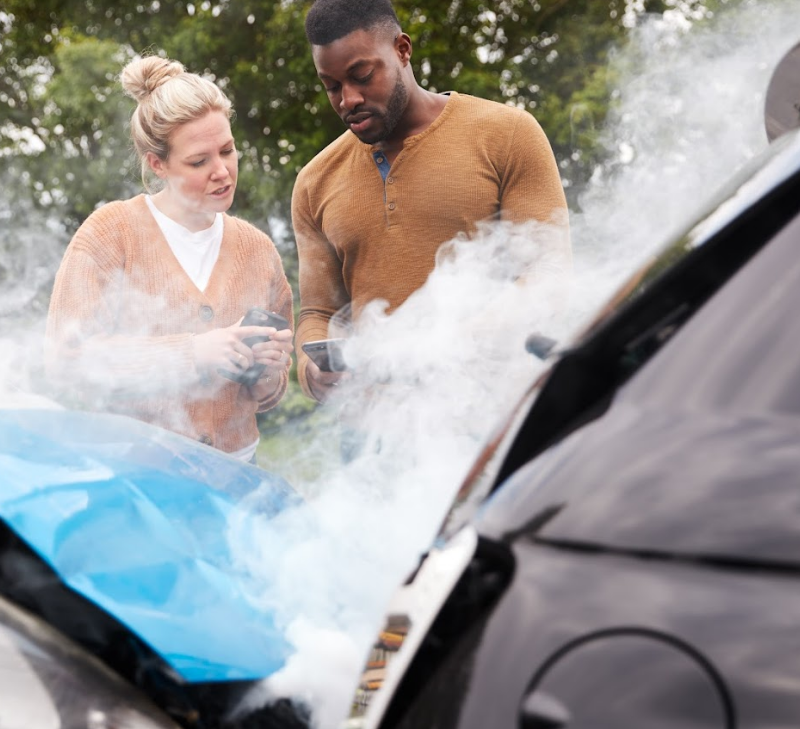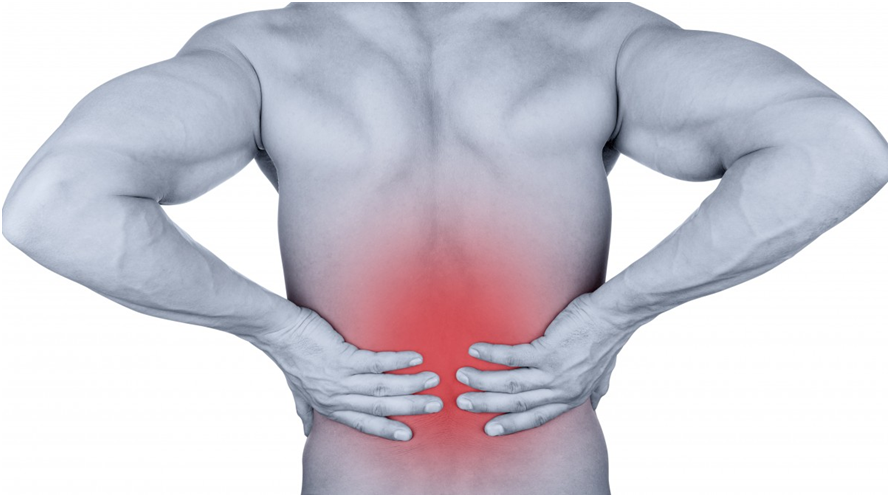
Car accidents occur frequently at intersections in Arizona for a variety of reasons.
As a driver, you must navigate complex traffic patterns where roads intersect, which can lead to increased conflict points and consequently, collisions.
Driver behavior and decision-making at these crucial points often play a pivotal role in the safety of an intersection.
Factors such as failing to yield the right-of-way, misjudging the speed of oncoming vehicles, or becoming distracted can all contribute to accidents at these locations.
The design and operational features of intersections also significantly influence accident rates.
In Arizona, features such as roundabouts have been shown to affect the severity and frequency of accidents. Roundabouts, designed to control the flow of traffic, typically result in lower-speed collisions compared to traditional intersections.
Understanding the contributing factors to intersection accidents is critical for improving road safety.
Driver education, better road design, and the use of intelligent intersection technology, such as inter-vehicle communication, are instrumental in reducing the incidence and severity of these events.
Major Freeways in AZ –
- I-10 (Maricopa Freeway): This is one of the most heavily traveled highways in Arizona, connecting major cities like Phoenix and Tucson.
- I-17 (Black Canyon Freeway): Running from Phoenix to Flagstaff, I-17 is another crucial artery for transportation in the state.
- Loop 101 (Agua Fria Freeway): This loop freeway encircles much of the Phoenix metropolitan area, connecting several suburbs and serving as a key route for commuters.
- Loop 202 (Red Mountain Freeway/Santan Freeway): Loop 202 connects various parts of the Phoenix area, providing access to major employment centers, shopping districts, and residential areas.
- US-60 (Superstition Freeway): Running east-west through the Phoenix metropolitan area, US-60 is a major commuter route connecting the eastern suburbs to downtown Phoenix.
Car Accident Stats at Arizona Intersections
When you consider the factors leading to vehicular incidents, intersections in Arizona represent a focal point for car accidents.
The multitude of factors at play, including traffic flow, signal timing, and human error, make these areas particularly complex.
Analyzing 2022 Data on Intersection Accidents
Data from 2022 reveals key trends in intersection-related car accidents within Arizona. To grasp the implications of these statistics, it’s crucial to dissect the numbers and understand the specific conditions and behaviors contributing to these incidents.
Frequency and Severity: In examining the data, you’ll find that certain intersections had a higher frequency of accidents. For example, signalized intersections in specific areas like Tucson were shown to possess their own patterns in terms of accident occurrences, indicating a need for targeted traffic management strategies.
Contributing Factors: A closer look at the causal elements explains much about the nature of these collisions. Speed at the approach to intersections is a significant determinant of accident probability, which suggests interventions may need to focus on speed reduction measures to enhance safety.
By parsing through the data on intersection accidents in Arizona, such as those involving left-turns, it’s clear that different turning patterns contribute variably to crash rates.
Understanding these patterns can lead the way to developing more effective traffic control measures specifically tailored to reduce left-turn crashes at these intersections.
The linkage of spatial factors to crash occurrences cannot be overlooked. Studies have found that spatial dependence plays a substantial role during the analyses of road-traffic crashes, showing that injury crashes are not uniformly distributed across intersections but are influenced by the interconnected nature of road networks and traffic flow.
Analysis of the 2022 car accident statistics at Arizona intersections is crucial for addressing these challenges and improving roadway safety. By breaking down the complex interactions between drivers, vehicle dynamics, road conditions, and traffic signals, you can identify focal points for policy and infrastructure improvements.
Major Causes of Accidents at Intersections
Your safety on the road is influenced by various factors, especially at intersections where accidents frequently occur.
Understanding the major causes can help you navigate these areas with increased caution and awareness.
Common Behaviors Leading to Accidents
Distractions: You may already know that distractions while driving can be fatal, but at intersections, where the complexity of vehicular paths increases, the risk compounds. Common distractions include using a smartphone, adjusting the radio, or anything that takes your eyes off the road.
Impaired Driving: Alcohol or drugs impair your reaction time and decision-making skills. When you’re approaching an intersection, these faculties need to be sharp to respond promptly to unexpected changes.
Aggressive Driving: Speeding towards a light or trying to beat the yellow signal often results in you misjudging the necessary stopping distance or encountering other vehicles legally entering the intersection.
Wrong Assumptions: Making incorrect assumptions about another driver’s actions can lead to a crash. For instance, assuming another car will stop at a stop sign or yield right of way when they do not can lead to collisions.
Traffic Control Devices and Accident Rates
Signalized vs. Non-Signalized: You might wonder if red light or stop sign intersections are worse for accidents. Research indicates that a significant number of crashes occur at signalized intersections due to the complexity and high volume of traffic.
Malfunctioning Signals: Faulty traffic lights or non-visible stop signs can misguide you, leading to wrong decisions that may result in accidents.
Lack of Controls: Intersections without proper signage or signals can cause confusion, especially in high-speed areas, as drivers may not have clear guidance on right-of-way, leading to crashes.
By familiarizing yourself with these causes, you can stay alert at intersections and contribute to safer travels for everyone on the road.
Types of Injuries Sustained in Intersection Accidents
When your vehicle is involved in an intersection-related collision, the range of potential injuries is broad, due to factors like the speed of the vehicles, the angle of impact, and safety features in use.
Common Injuries from Intersection-Related Crashes
- Whiplash and Neck Injuries: Whiplash is a common result of the sudden back-and-forth motion during a collision, especially rear-end accidents at intersections. Symptoms can include neck pain, stiffness, and headaches.
- Broken Bones: The force of an intersection crash can fracture bones. Arms and legs are often injured when bracing for impact, but ribs can also break due to pressure from seat belts.
- Head Injuries: Collisions at intersections often lead to head injuries ranging from mild concussions to traumatic brain injuries (TBIs), depending on the severity of the impact.
- Lacerations and Bruises: Flying debris, shattered glass, or impact with car interiors can cause cuts and bruises, which, while sometimes minor, can also be severe.
- Back and Spinal Cord Injuries: The impact of a crash can damage the spine, potentially leading to long-term back pain or, in serious cases, paralysis.
- Internal Injuries: Strong impacts can cause internal bleeding and damage to organs, which may not be immediately apparent without medical evaluation.
Intersection accidents can impose a variety of injuries, some of which may have lasting effects.
Ensuring that you wear your seatbelt and your vehicle’s safety systems are functioning can help mitigate the severity of these injuries.
Navigating Insurance Claims After an Intersection Crash
After being involved in an intersection crash in Arizona, it’s crucial that you manage the ensuing insurance claims with precision and clear communication.
It’s essential to understand your coverage details and proactively engage with your insurance provider to ensure your claim is handled effectively, especially if you’re injured.
Effective Communication with Insurance Companies
When you’re initiating a claim, start by documenting the accident with thorough details, including:
- The date, time, and location of the crash
- The contact and insurance information of all parties involved
- A copy of the official police report
- Photographs of the scene and any damages incurred
Contact your insurance company promptly.
Provide them with the collected documentation and adhere to these guidelines:
- Be concise and factual about the events of the accident.
- Keep records of all the communication with your insurance agent, including dates and main points discussed.
- Understand your policy’s coverage, including the deductible and limits.
- Be proactive in following up if the claim process stalls.
Steps to Take When Injured at an Intersection
If you sustain injuries after an intersection crash, it’s important to take the proper steps to secure a fair insurance settlement:
- Seek medical attention immediately, even if your injuries seem minor at first.
- Keep a detailed record of all medical treatments, procedures, and prescriptions related to your injuries.
- Request a copy of all medical reports and bills as they will be crucial when negotiating with your insurance company.
- Consult with a car accident attorney if there are any disputes or complications with your claim.
Manage these interactions with the awareness that insurance companies are often looking to minimize their payouts.
By being thorough, organized, and assertive, you’ll give yourself the best chance at a favorable outcome.
Improving Intersection Safety in Arizona
In Arizona, ensuring safety at intersections involves a strategic approach incorporating traffic engineering, enforcement, and public awareness.
Preventive Measures and Best Practices
Traffic Roundabouts: Studies have shown that traffic roundabouts can significantly reduce the rate and severity of accidents. Consider advocating for the adoption of roundabouts at problematic intersections to enhance flow and safety.
- Safety Performance Functions: Your local departments can utilize improved safety performance functions for signalized intersections to predict and mitigate accident hotspots through data-driven decisions.
- Intersection Improvements: Even simple enhancements, like adding turn lanes, can drastically cut down on collisions. Learn about these from examples of intersection improvements and see how they could be applied in your community.
- Freeway Management Systems: For broader roadway networks, freeway management systems in Phoenix have integrated technologies to surveil and manage traffic, contributing to fewer crashes.
- Vehicle-to-Infrastructure Communication: The future of intersection safety may lie in technologies like I2V communication, enhancing the detection and prevention of potential collision scenarios.
Remember, you play a role in advocating for and adhering to these safety measures. Together, we can make Arizona’s intersections safer for all.





